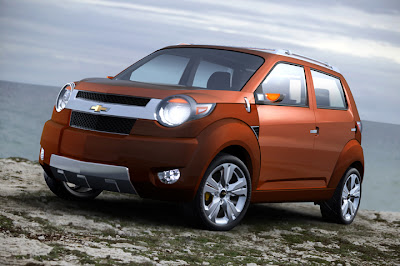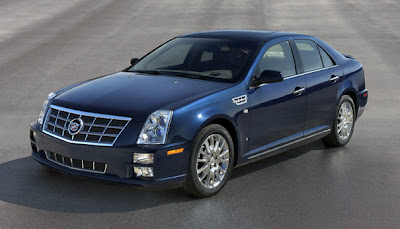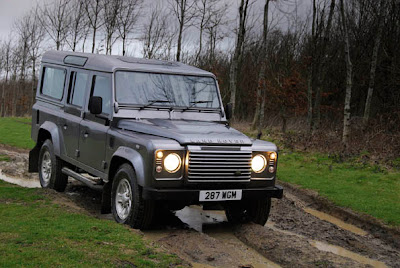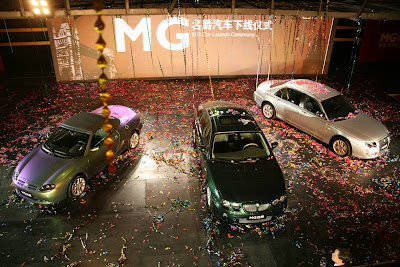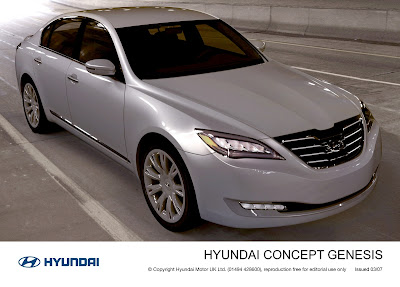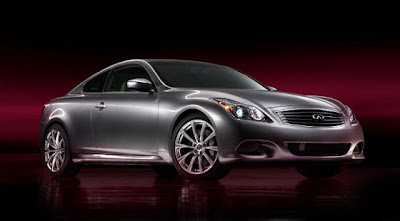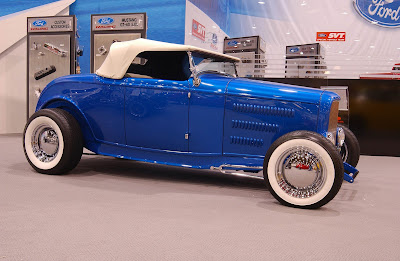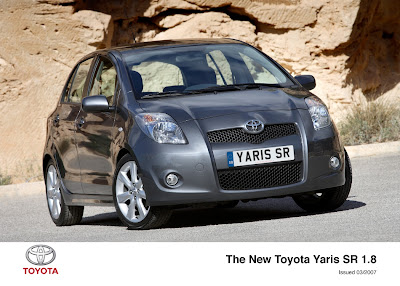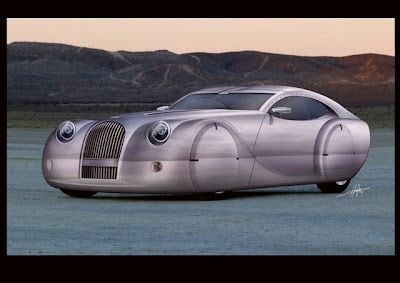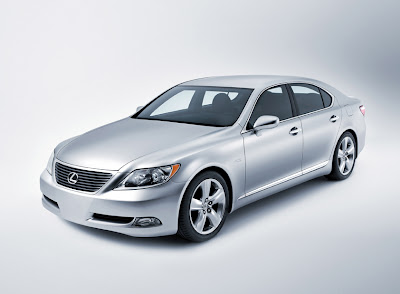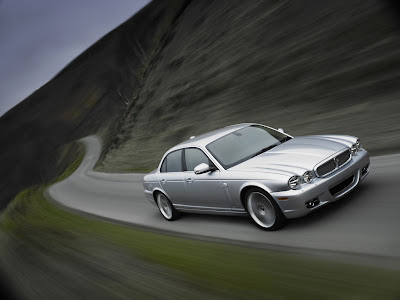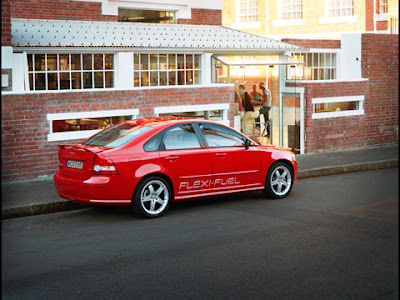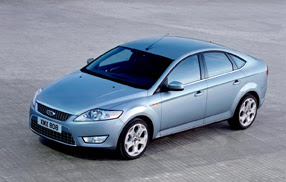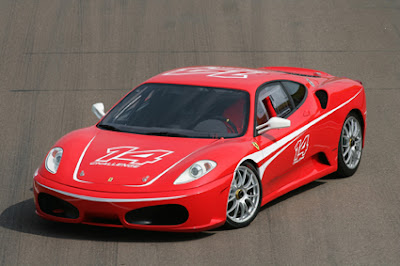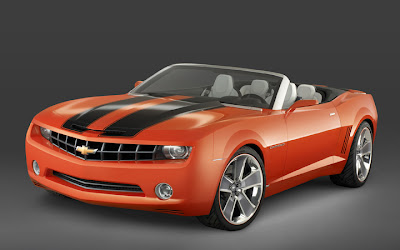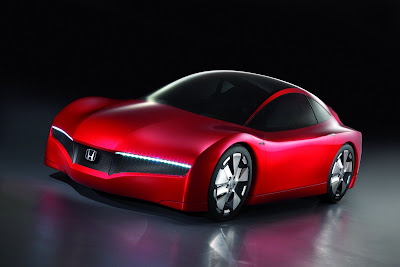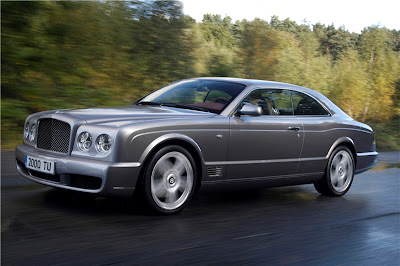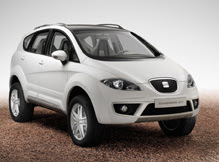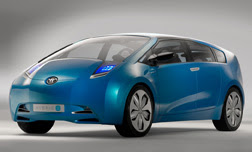
Oh dear. Well, April Fool's Day is coming up, we suppose. Kia is out to try and snag unwary news outlets with the news that an all-new generation of Kias can be ordered in component form and built at home. Because the parts arrive as a series of flat-pack boxes, the new models will be known as i-Kia. Geddit? In a first for the Drive News Blog, we're going to reproduce the entire press release in full, because as far as motoring PR goes, this is tantamount to comic genius...
"Kia today pulled the covers off a completely new motoring solution, the Concept i.
With the Concept i, Kia will be the first manufacturer to offer a modular car to UK customers enabling them to choose almost every aspect of their car from a simple ‘menu’. The ‘i’ is part of Kia’s initiative to provide design led vehicles which target European customers. With the help of their local Kia dealer, customers can choose the engine, transmission and trim specification of their vehicle before opting for the rear module – saloon, hatch, estate or pick-up formats are all available.
Once the specification is complete, the dealer can supply the individual modules for the customer to build themselves in the comfort of their own home garage. Some parts, such as glass and body panels, will be supplied in flat pack form. The dealer can arrange for customer collection or the modules can be delivered to a UK address of the customer’s choosing, at no extra cost.
Managing Director of Kia Motors (UK) Ltd, Paul Philpott said; “Our design teams in Germany and California have been led by our satellite office in Sweden. It’s an important step which will bring positive results for the brand in the UK and Europe. And this is particularly good for the environment – any parts left over after building the Concept i can be returned to the local dealer which will make sure they are plumbed back into the supply chain. The target price is under £4,000 which we think offers excellent value.”
It was discovered in a recent survey that over 50 per cent of adults have built some sort of flat-pack furniture in the last few years. “It’s obviously a favourite pastime of people in the UK,” added Concept i Self-Build Programme Manager, Ms Janet Ester. “The hard part is getting the instruction manual right and all the right parts in the boxes and that’s where we have spent our time. We have trialled the idea with desks in the Korean design centre and we know it can be done. You don’t even need a comprehensive tool kit – there’s a simple Allen key included in the kit. Although you do need a wheel brace, which is available as an option.”
If built, the Concept i will use a selection of existing powertrains from the recently launched cee’d, including the popular 1.6-litre turbo diesel. Transmission options range from a four-speed automatic to a six-speed manual, depending on customer choice.
The ‘i’ adds extra flexibility to the car as a mode of transport and, with the benefit of being able to change the back half of the car, it means that customers don’t have to buy a new car when their lifestyle changes. They can simply ‘change’ their car by swapping the hatch back portion for the estate portion if a baby arrives. Or they could swap it for the pick-up rear end if they’re planning to go into business.
“We’re famous for our warranty,” added Paul Philpott, “and we expect the Concept i to follow suit although the length of coverage will vary according to the skill level of the customer. A simple questionnaire can reveal how adept they are at building the car. A high score will get a seven year warranty, a low score about a couple of weeks. The beauty is that it’s all in the hands of the customers – with Concept i Kia is empowering and reacting to what they can do.”
An on-sale date and pricing is yet to be announced by the Korean company, but it currently has no i Kia."



